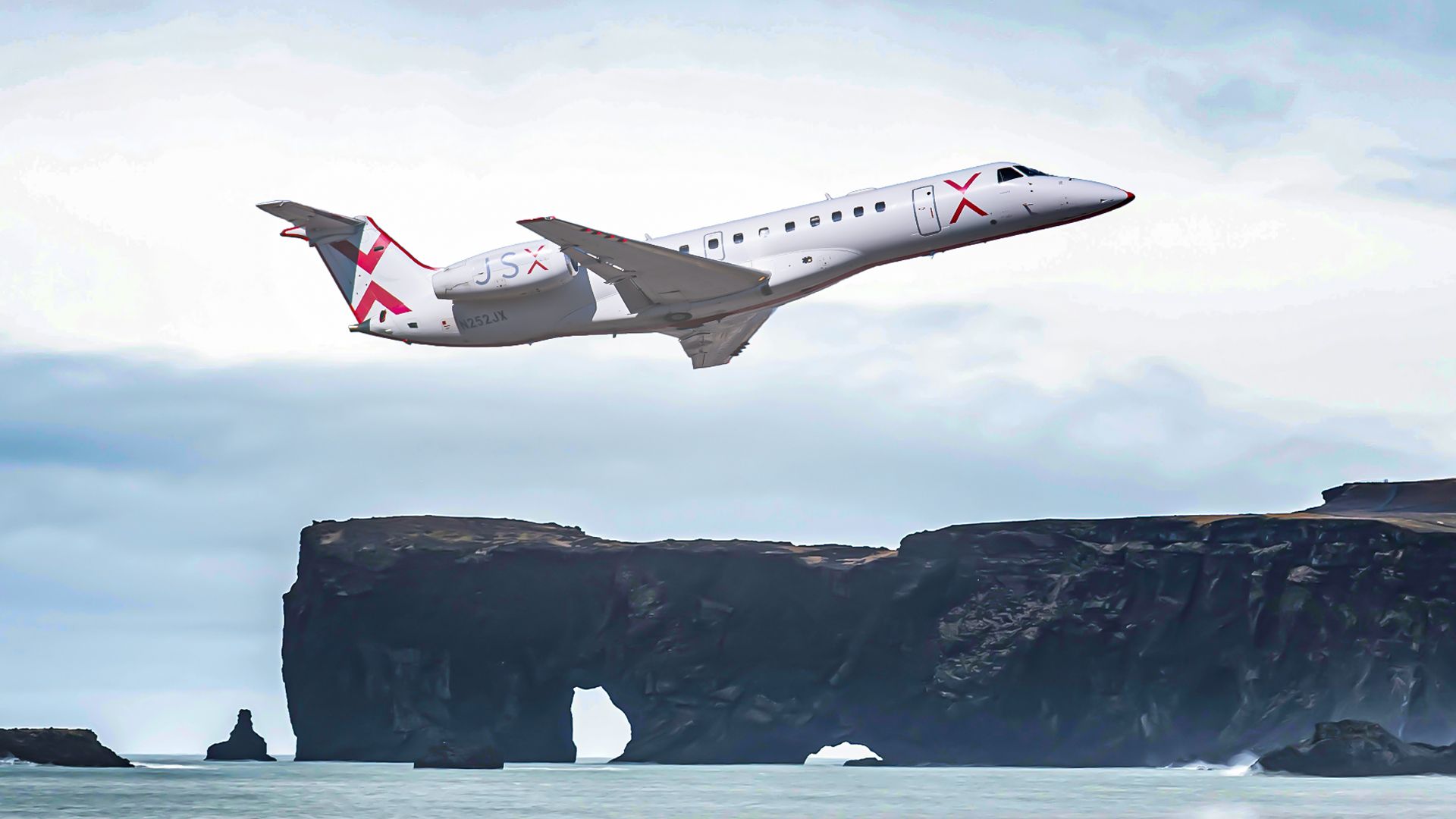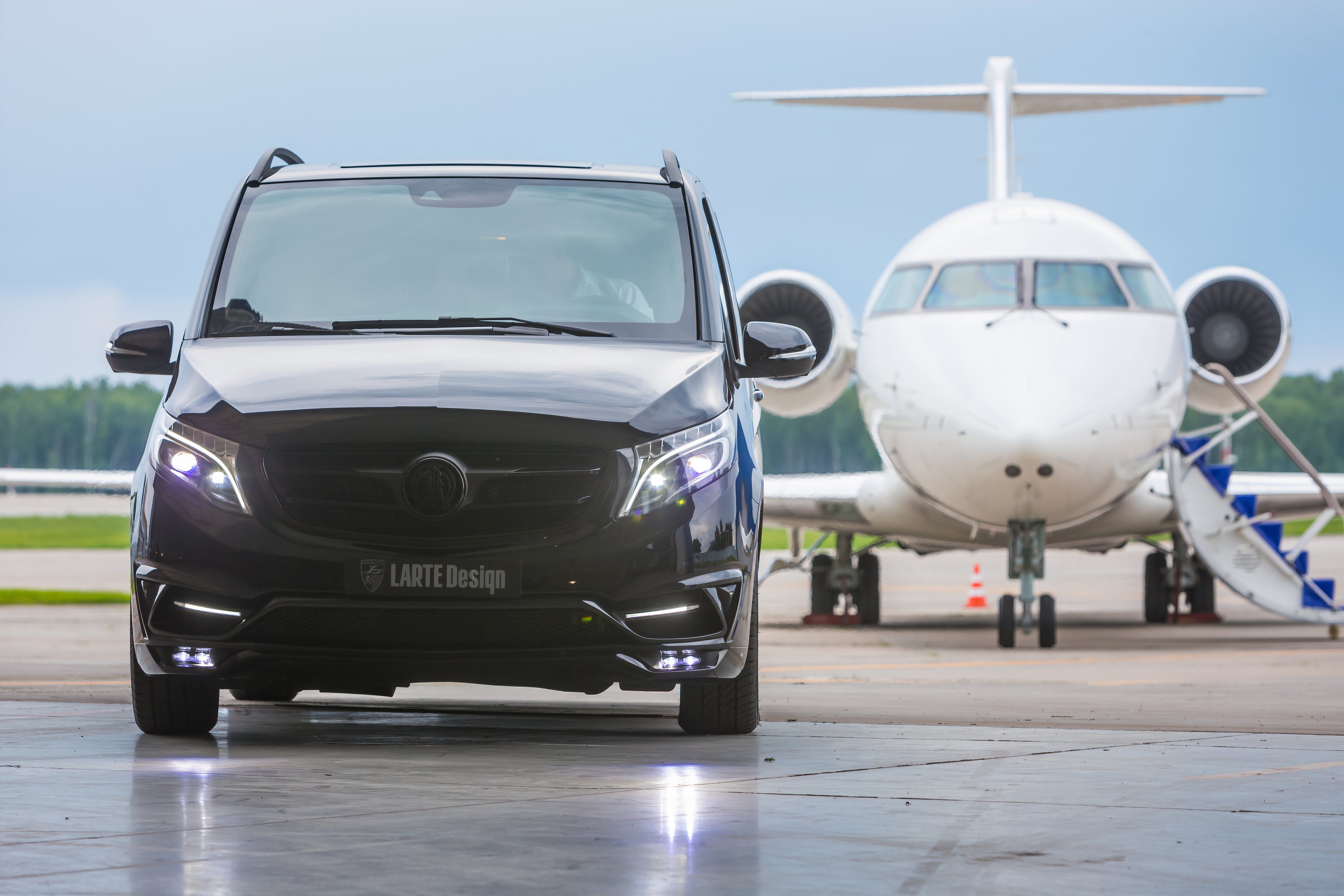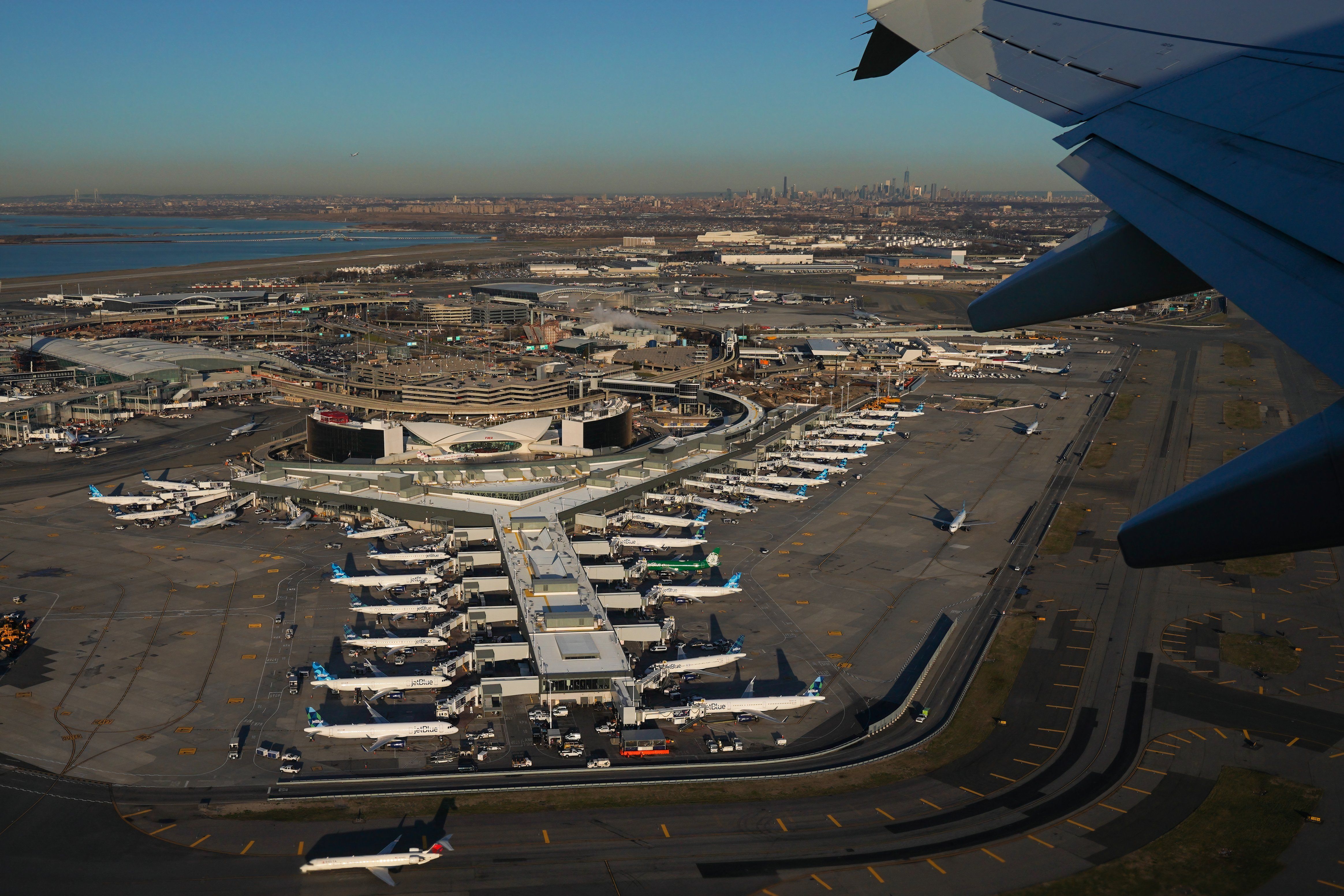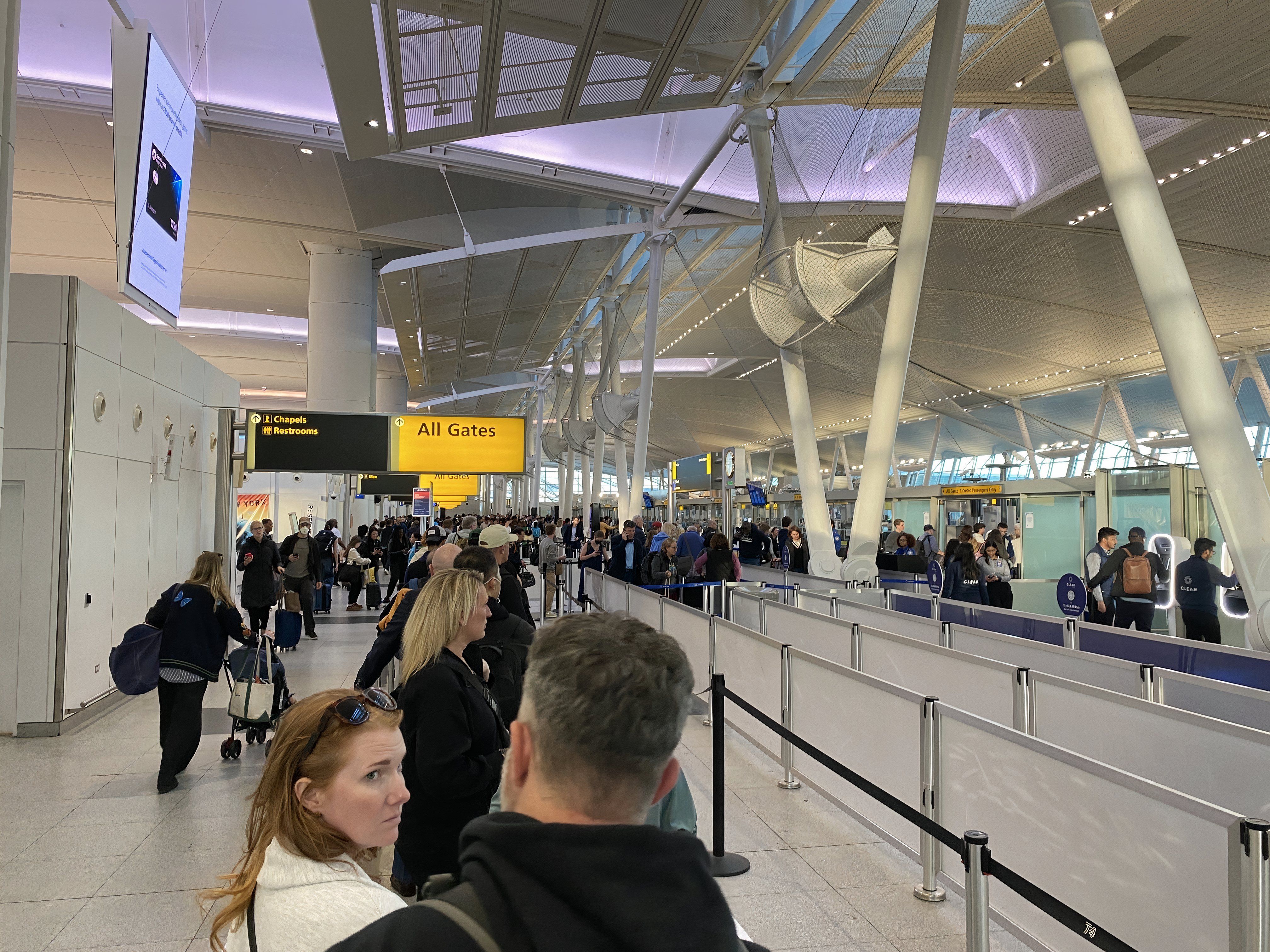Commercial and private aviation are two sectors governed by the
Federal Aviation Administration
; each follows its rules and regulations that govern the legal framework and define its operations. Today, we will first look at what legally makes a private jet operator and then at what makes a commercial airline. We will also examine what these regulations mean for their users.
As many of our readers are in North America, we chose to base this article on FAA standards. We believe these will be most familiar to our readers; other regions may have different rules.
What legally makes a private jet operator?
A company that operates private jets or charter jets as part of its business model cannot be called an airline per se. Instead, the correct term, at least under
FAA
regulations, would be an operator. According to the FAA’s website, they fall under the Federal Air Regulation Part 135, which regulates such businesses; they must comply with the following:
- On-demand operations can be conducted in airplanes with 30 or fewer passenger seats, a maximum payload capacity of 7500 pounds, or in any rotorcraft.
- Conduct limited scheduled operations with the following additional restrictions: Commuter operations may be conducted in airplanes with a maximum passenger-seating configuration of 9 seats and a maximum payload capacity of 7500 pounds or in any rotorcraft. Commuter operations cannot be undertaken in any turbo-jet aircraft.
To give you a concrete example using jets you may be familiar with, if you own a fleet of Cessna Citation Mustangs, since they carry more than nine seats but less than 30, you could fall under Part 135.
What do Part 135 operators mean for passenger experience?
While there appears to be no direct correlation between the regulation and “relaxed” TSA in
private aviation
terminals (or FBOs), as it is not directly mentioned in the legislation that these operators are TSA-exempt, most terminals either do not have a security checkpoint, or they have one that is smaller than in commercial terminals.
Photo: Andrei Kholmov | Shutterstock
According to Blade, this is because the passenger volume is smaller and because there are basic security checks, such as ID checks or metal detectors.
Flying on a private jet is, therefore, still very safe and complies with modern security standards. However, the protocols to help maintain safety onboard may not be as visible as in commercial aviation; this is done to keep private aviation discreet and fast.
What FAA regulation governs the structure of a commercial airline?
Officially referred to as scheduled air carriers in the US, they fall under Federal Air Regulation Part 121 of the FAA.
Photo: Leonard Zhukovsky | Shutterstock
It says that virtually all air carriers are authorized to operate under Part 121 so long as they are U.S.-based. This includes passenger and cargo airlines. Examples of US cargo operators include
National Airlines
and
Atlas Air
, while examples of US passenger airlines include
Silver Airways
,
Frontier Airlines
, and
![]() American Airlines
American Airlines
.
What does it mean for passenger experience concretely?
Whilst not directly attached to the FARs, there is one side of commercial aviation that every passenger that has flown in the US has experienced that affects only regularly scheduled airlines, and it’s the TSA.
Earlier, we determined it is not directly involved in flying on private jets; it definitely governs the safety of passengers traveling through a terminal. They are the first line of defense, literally, as they are the first checkpoint passengers have to go through before traveling.
Photo Adam McCullough | Shutterstock.
The process involves removing belts, shoes, and coats and removing any electronic devices or liquids inside bags, and it can be very time-consuming. All of these requirements come as a consequence of 9/11 and all subsequent attempted or successful attacks on airliners.
There are ways to make the experience go by quicker however, passengers can opt for
TSA precheck
, enroll in Global Entry and some airlines will also allow passengers travelling premium cabins like international
business class
or
first class
to skip the queue.
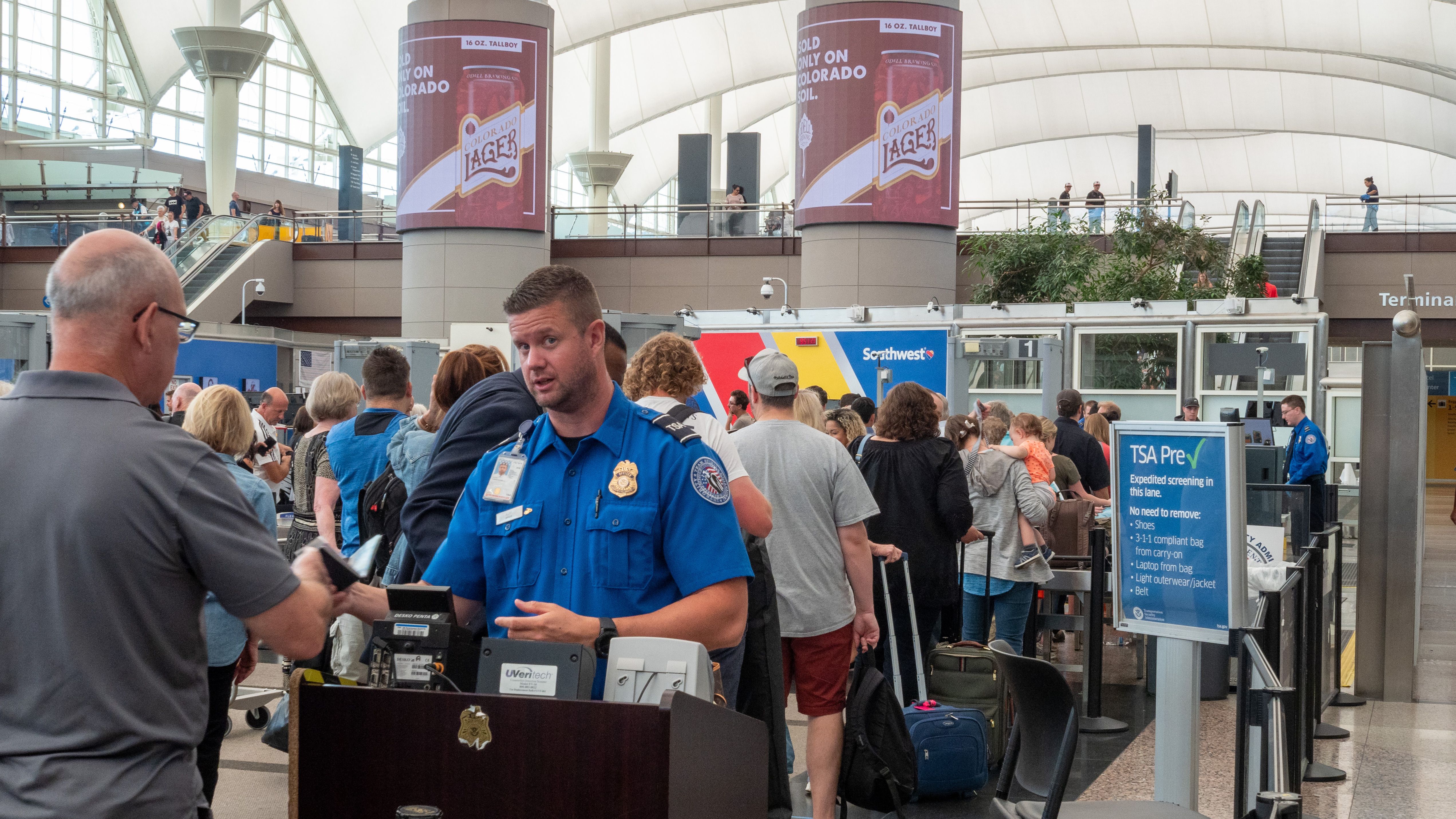
Related
Does TSA PreCheck Or CLEAR Provide A Better Airport Security Experience?
The US Department of Security offers several trusted traveler programs for low-risk passengers to save time in security. Its TSA PreCheck program allows passengers to go through security without removing their move shoes, laptops, liquids, belts, or light jackets.
The CLEAR Program (which is also an enrolment provider for PreCheck) saves passengers time in a slightly different manner by verifying the traveler’s identity biometrically at a kiosk before an agent escorts the passenger directly to the front of the PreCheck or Standard security lane.
The TSA claims wait times for PreCheck members are less than 10 minutes, while the time can vary with CLEAR. Many people also maintain memberships in both programs. Which program have you found saves you the most time at the airport?
What about flying private in Europe?
Back in May 2024, Simple Flying had the opportunity to fly privately internationally with the EU’s
Schengen Area
between Paris and Luxembourg, and purely from an empirical standpoint (i.e., through testing it ourselves), we have determined that the process is similar on the other side of the Atlantic.
Obviously, were were not able to take pictures of the checkpoint due to national security issues.
The checkpoint was basic, with just a scanner and a metal detector, but we did not need to remove anything from inside our bags, all we had to do was empty our pockets, just like on the
Eurostar
train which links France to the United Kingdom.
